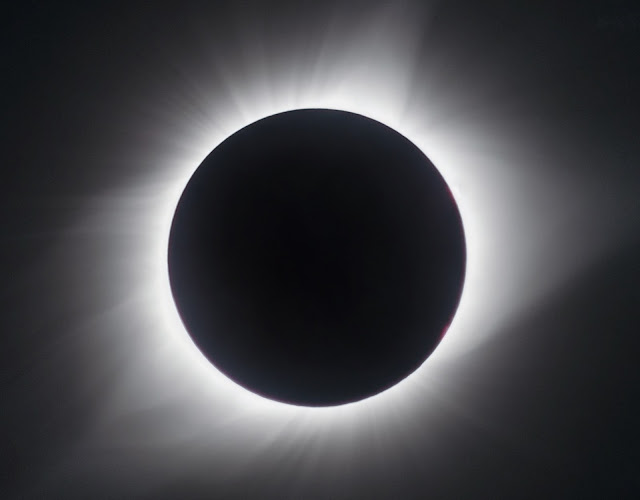Easing into Nature

Joanne Husain explores Trinidad’s north-eastern forest through Bajnath’s Estate. Opposite the popular Salybia Beach on Trinidad’s rugged north-eastern coast is an unassuming road that meanders into the lush landscapes of the Matura National Park. With a few residences at the start, this road gradually ascends through shady bamboo groves and forest. The tree line opens here and there revealing stunning vistas of untouched parts of the Northern Range. The road ends at the trailhead to Rio Seco waterfall, but the very last property before this is where you’ll find Bajnath’s Estate. The Rio Seco waterfall is a popular hiking destination. (Photo by Josh Bajnath) Nature’s own carnival band greets you at the bottom of the steep driveway. Here is Hummer’s Lane, a carefully curated garden with vervain, lantana, heath, heliconia, cosmos and zinnia interspersed with artificial nectar feeders. Tiny prismatic bodies take centre stage. Come alive with the rhyt...


